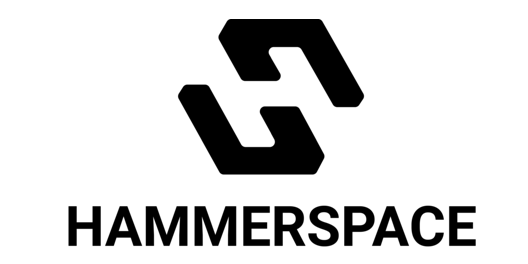 Here are the HPC News bits for the week of Friday, March 4, 2011:
Here are the HPC News bits for the week of Friday, March 4, 2011:
- Just in: CUDA 4.0 RC is now available for download by registered developers.
- Good News: New Consortium to boost manufacturing with HPC. The National Digital Engineering and Manufacturing Consortium has been funded to develop software, purchase time on supercomputers, and train small- and medium-sized manufacturers in the use of this technology.
- Bad News: HPC to suffer with budget cuts. The Council on Competitiveness has issued and open letter to Congress as they deliberate on federal budget cuts. “We urge you to consider the negative implications of cuts to research at a time when competing nations are investing heavily in their innovation future.”
- Jobs! Tech companies continued to post jobs for techies this week including Cloudant, Firestorm, Rapid Bridge and the Google in Chapel Hill. Find more at the Data Center Knowledge Job Board.
- Virtual Solidworks. If you missed the Solidworks World conference recently, fear not. All the show presentations are available online.
- Arguing Semantics. Cray has posted a whitepaper on how their XMT machine is designed specifically to solve large-scale data mining and analysis problems.
- Black holes as a model for superconductors? Physicists from the University of Illinois have shown how charged black holes can be used to model the behavior of interacting electrons in unconventional superconductors.
- Can you be more HPC-specific? In what certainly signals a shift in their technology strategy, HP has introduced four new GPU-powered servers purpose-built for high performance computing.
- Missing Middle. As part of the new National Digital Engineering and Manufacturing Consortium, Purdue’s Manufacturing Extension Partnership Center will help up to 50 Indiana manufacturing companies adopt and use advanced modeling and simulation.
- How much will 20 Petaflops cost? Somewhere around $100 Million, according to Jeff Nichols at ORNL.
- Aggregating Capacity. Each day AWS adds enough computing muscle to power one whole Amazon.com circa 2000, when it was a $2.8 billion business.
- Capacity Aggregation. Cloud aggregators are commodity exchanges for compute cycles. Is this the path forward to true utility computing?



